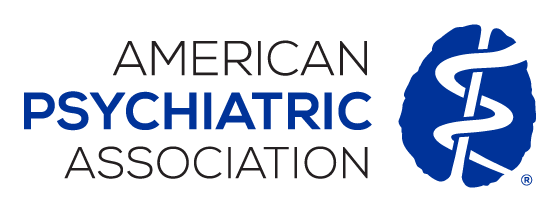 |
While similar patterns of health care use were seen in patients who were later diagnosed with unipolar depression, the authors did find that people who would go on to develop a psychotic disorder received specialty mental health services in inpatient and emergency department settings more frequently.
Gregory Simon, M.D., M.P.H., of Kaiser Permanente Washington Research Institute and colleagues reviewed the medical records of all diagnoses made in youth/young adults (aged 15 to 29) between Jan. 1, 2007, and Dec. 31, 2013, among participants in the Colorado, Northern California, Northwest, Southern California, and Washington regions of Kaiser Permanente. During this period, they identified 624 confirmed cases of a first diagnosis of a psychotic disorder, which included 105 diagnoses of a schizophrenia spectrum disorder, 78 diagnoses of a mood disorder with psychosis, and 441 diagnoses of other psychotic disorders. For comparison, they also examined data from 1,862 patients who had received a diagnosis of first unipolar depression and 1,851 control patients selected from all health plan members who had at least one outpatient visit during the study period.
Of the patients with a first diagnosis of a psychotic disorder, 29% had received mental health outpatient care in the previous year, 8% had received mental health inpatient care, 24% had received emergency department mental health care, and 29% made a primary care visit that involved a mental health diagnosis.
Patients who received a first diagnosis of unipolar depression had similar rates of previous mental health outpatient or primary care visits, but the patients who later developed a psychotic disorder were far more likely to have received inpatient and emergency mental health services. Specifically, compared with patients receiving a first diagnosis of unipolar depression, those with a first diagnosis of psychosis were 2.96 times more likely to have received mental health inpatient care in the previous year, and 3.74 times more likely to have received mental health emergency department care.
“The strong and specific association between use of acute care mental health services and subsequent presentation with psychotic symptoms suggests the potential value of assessment for prodromal or early psychotic symptoms in people receiving inpatient or emergency care for mental health concerns,” Simon and colleagues wrote. “Systematic assessment following emergency department or inpatient mental health care may hasten identification and engagement in appropriate specialty care.”
For more information, see the Psychiatric News article “Early Identification of People With Psychosis Linked to Educating Outpatient Providers” and the Psychiatric Services article “Is the Clinical High-Risk State a Valid Concept? Retrospective Examination in a First-Episode Psychosis Sample.”
(Image: iStock/gradyreese)
Have You Voted in APA’s 2018 Election Yet?
If not, take a moment to do so now: Voting closes on Wednesday, January 31. Learn about this year’s slate of candidates, their priorities, and backgrounds at the APA elections page and watch video interviews of the candidates for president-elect, treasurer, and trustee-at-large. Click here to vote now and be part of the process.




